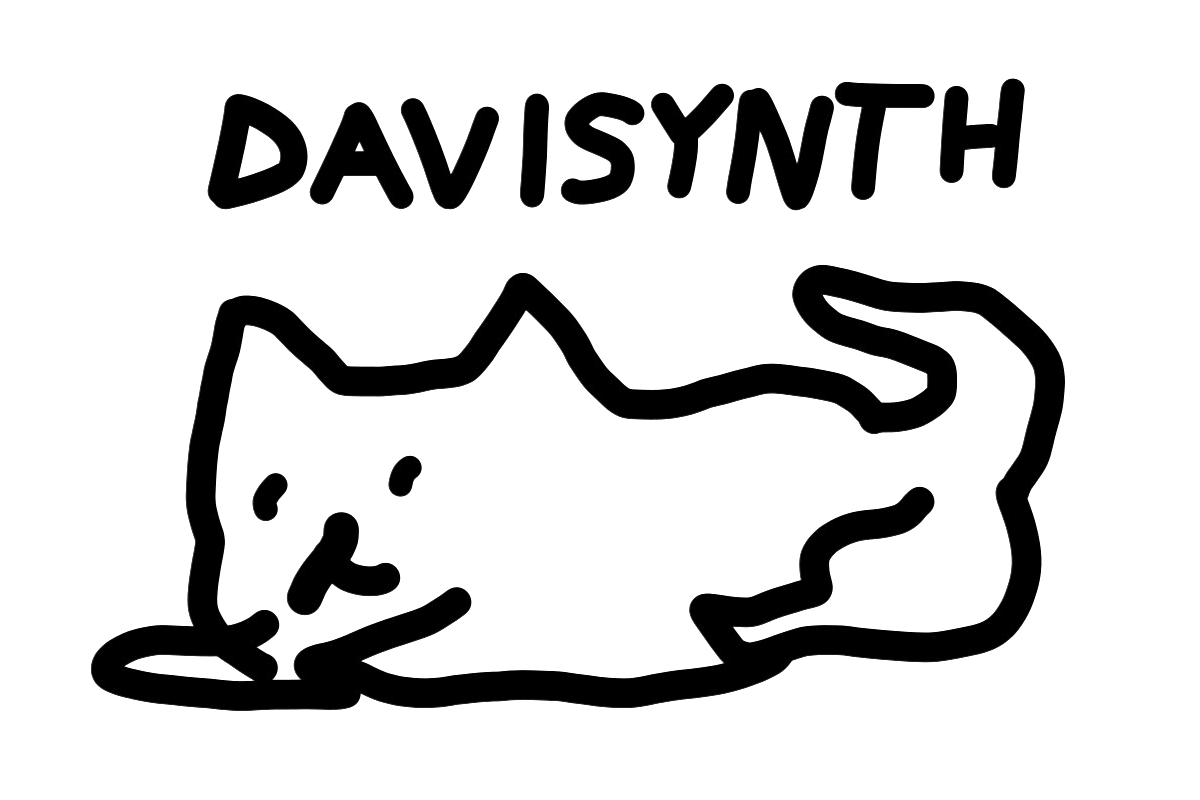Beginnings
Davisynth is a spinoff from a project I used to keep myself sane during quarantine. I was really interested in this thing we had used in my digital design class called an FPGA. It’s this little chip that lets you make custom digital logic. They’re used a lot in aerospace to build high performance flight control systems, so I thought why not use one to build a high performance synth.
Research and Development
Developing an Audio Engine
The FPGA-based audio engine sits at the heart of Twins. It is a distillation of years of research into high-performance algorithms which is why Twins is able to process audio so quickly and efficiently.
Lessons Learned in Hardware Iteration
Hardware is hard. I started Davisynth with over a decade of software development experience so I am quite used to bugs. A lot of software debugging strategies just don’t work with hardware. If your circuit blows up, that’s it. It’s tough to debug when you don’t have the luxury of being able to try everything a million times.
Hardware prototypes cost time and money, whereas software prototypes are free. You really need to triple check every single aspect of your work because there is no room for error. Once you send your PCB design to be fabricated, it is final.
From Prototype to Product
Lessons Learned in Manufacturing
Prototypes are quick and dirty. You’re making a single unit knowing that you will inevitably tweak the design later on. Anyone can make prototype quantity electronics for relatively cheap.
<Image of hot air station>
As soon as you move into production, though, prototype manufacturing techniques don’t cut it. For those prototype quantities, you are manually placing and soldering every single joint. It takes a while. And because you’re doing it all by hand, the process is very error prone, which costs you even more time debugging.
For Twins specifically, production time was critical. Using prototype techniques, I was able to do a run of test units averaging 6h/unit. Add in testing and you’ve got 7h per unit. Then there’s shipping. 7.5h/unit. Add customer service: 8-10h/unit. Factoring in time and all the business overhead, I was going to be working for minimum wage running this business. That’s a no-go.
Supply Chains (COVID-19)
Lorem ipsum dolor sit amet, consectetur adipiscing elit, sed do eiusmod tempor incididunt ut labore et dolore magna aliqua. Ut enim ad minim veniam, quis nostrud exercitation ullamco laboris nisi ut aliquip ex ea commodo consequat. Duis aute irure dolor in reprehenderit in voluptate velit esse cillum dolore eu fugiat nulla pariatur. Excepteur sint occaecat cupidatat non proident, sunt in culpa qui officia deserunt mollit anim id est laborum.
First Beta – a Failure
Lorem ipsum dolor sit amet, consectetur adipiscing elit, sed do eiusmod tempor incididunt ut labore et dolore magna aliqua. Ut enim ad minim veniam, quis nostrud exercitation ullamco laboris nisi ut aliquip ex ea commodo consequat. Duis aute irure dolor in reprehenderit in voluptate velit esse cillum dolore eu fugiat nulla pariatur. Excepteur sint occaecat cupidatat non proident, sunt in culpa qui officia deserunt mollit anim id est laborum.
Second Beta
Adding a screen to your device is about as hard as it sounds. Sure, there’s nice Arduino libraries that can get you going quickly, but those come with heavy performance penalties. For anything high-performance, you’re writing your own firmware.
